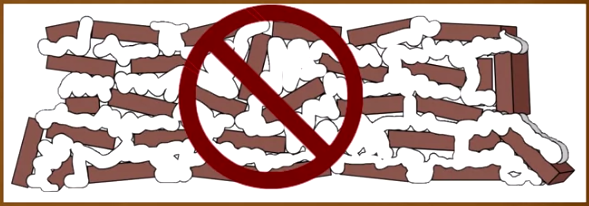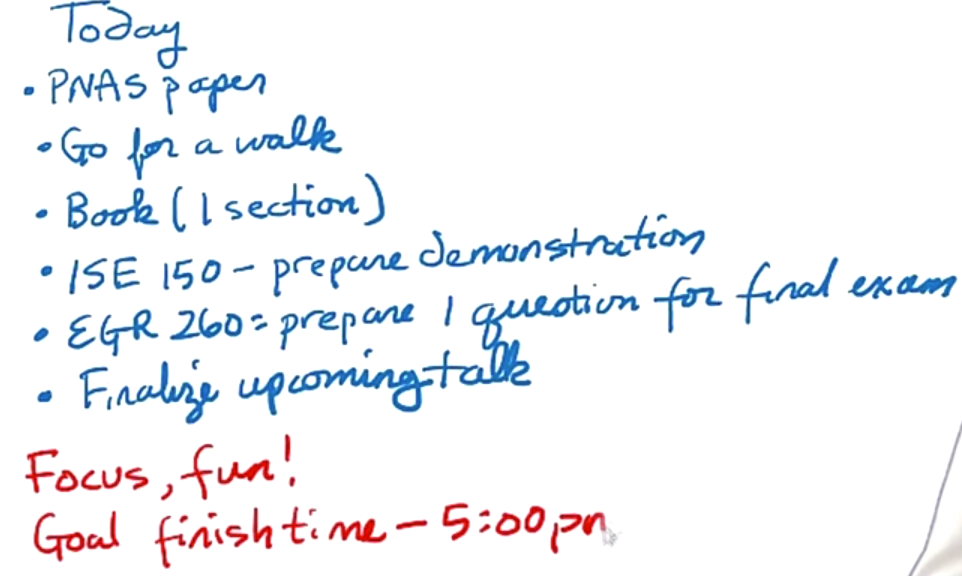Learning How to Learn - summary
Below is a summary of the Learning How to Learn course, instructors Barbara Oakley and Terrence Sejnowski. The entire course is available at the Coursera and takes about 15 hours.
Focused versus Diffuse Thinking
- Metaphors provide powerful techniques for learning
- Focused and diffuse modes (relax, let your mind flow in diffuse mode, then think in focused)
- Learning something difficult takes time
Procrastination, Memory, Sleep
- Use Pomodoro technique to avoid procrastination, useful for focusing (agree, it is much easier to focus on something, I’ve started to use this site on a regular basis)
- Practice makes permanent- neurons become linked together through repeated use
- Long term memory & working memory
- Spaced repetition- repeat what you’re trying to retain over a number of days, the chance to remember will be higher
- Sleep:
- cleans toxic products in your brain
- erases the less important parts of memories
- strengthens areas that you need or want to remember
- Learning by doing, by active engagement and not passive listening
- Smart != success; passion + persistence = success

Chunking
- focus on something you’re learning
- understand the basic idea (understanding is like a glue to build and connect chunks)
- the first time you actually understand = the first time you can actually do it yourself
- learning = chunks (how to do something) + context (when to/not to use it)

Illusions of competence
- Recall is the best learning technique (instead of passive readings)
- Minimize highlights- try to understand the main idea first and then highlight
- Notes and helpful words are great- add them
- Tests yourself= recall
- Interleaving is a great way to master a new subject (jump between different problems/situations, use different techniques/strategies)

Focused learning
- Once a week write a brief weekly list of key tasks in a planner journal
- Daily “to do” list- frees working memory for problem-solving
- Make them as small as a pomodoro chunk
- Interleave (just between different topics)
- Planning your quitting time is as important as planning your working time
- Try to work on the most important and most disliked task first

